- DISTRICT
- About Us
- About Auburn ECSD
- Administration
- Anonymous Alerts
- Board of Education
- Budget Information
- Calendars
- Capital Project
- Community
- DASA
- District Parent Council
- Diversity, Equity & Inclusion
- Forms & Policies
- Newsletters
- Parent Communication
- Parent Dashboard
- Privacy & EdLaw 2D
- STEAM
- Student Registration
- Departments
- Athletics
- Business
- Curriculum & Instruction
- Food Services
- Health Services
- Personnel
- Special Education
- Student Support Services
- Technology
- Transportation
- Board Of Education
- Board Home
- BoardDocs (Agendas & Minutes)
- Meeting Minutes
- SCHOOLS
Our Schools
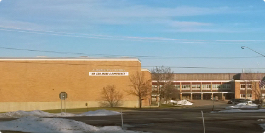
Auburn High School
250 Lake Avenue
Auburn, NY 13021
Main Office: (315) 255-8300
Brian Morgan, Principal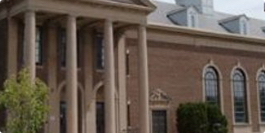
Auburn Junior High School
191 Franklin Street
Auburn, NY 13021
Main Office: (315) 255-8480
David Oliver, Principal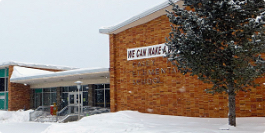
Casey Park Elementary
101 Pulaski Street
Auburn, NY 13021
Main Office: (315) 255-8760
Brianne Batis, Principal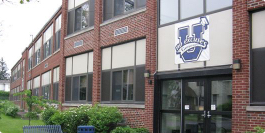
Genesee Elementary
244 Genesee Street
Auburn, NY 13021
Main Office: (315) 255-8640
MaryClaire Pineau, Principal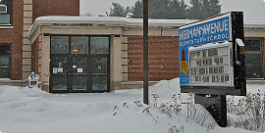
Herman Avenue Elementary
2 North Herman Avenue
Auburn, NY 13021
Main Office: (315) 255-8680
Jared Tabone, Principal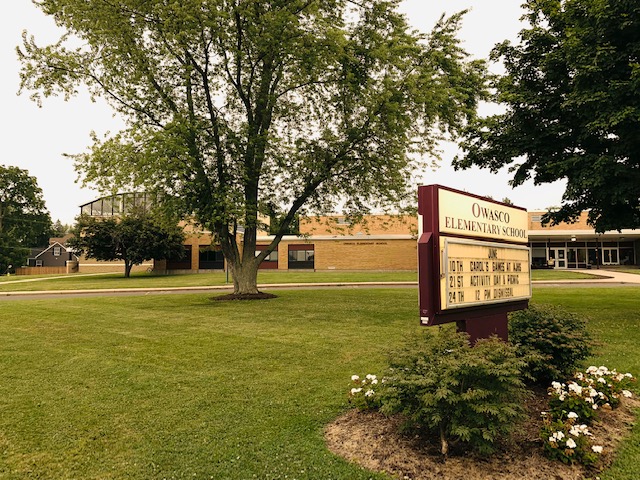
Owasco Elementary
66 Letchworth Street
Auburn, NY 13021
Main Office: (315) 255-8720
Elizabeth Molloy, Principal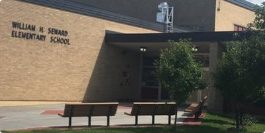
William H. Seward Elementary
52 Metcalf Drive
Auburn, NY 13021
Main Office: (315) 255-8600
Dr. Ronald Gorney, Principal
Preschools
Main Office: (315) 255-8825
Michelle Kolceski, Director of Early LearningSchool Hours
Elementary (K-6): 8:40am-3:15pm | Junior High (7-8): 7:50am-2:20pm | High School (9-12): 7:50am-2:26pm
- CONTACT
Contact Information
Auburn ECSD District Office 315.255.8800 Athletics 315.255.8817 Board of Education 315.255.8850 Buildings & Grounds 315.255.8853 Business Office 315.255.8820 Curriculum & Instruction 315.255.8814 Food Services 315.255.8335 Health Office 315.255.8829 Personnel 315.255.8850 Special Education 315.255.8833 Student Registration 315.255.8825 Student Services 315.255.8802 Superintendent's Office 315.255.8822 Tax Collector 315.255.8820 Technology Help Desk 315.255.8863
-
DISTRICT
- About Us
- Athletics
- Board of Education
- Departments
- SCHOOLS
- SEARCH










